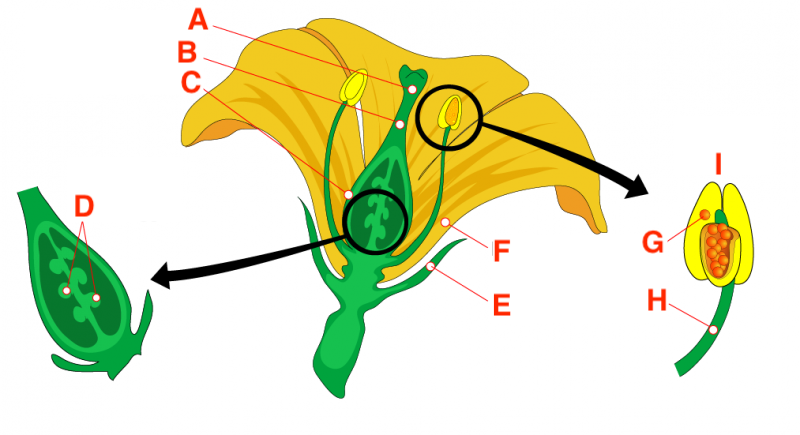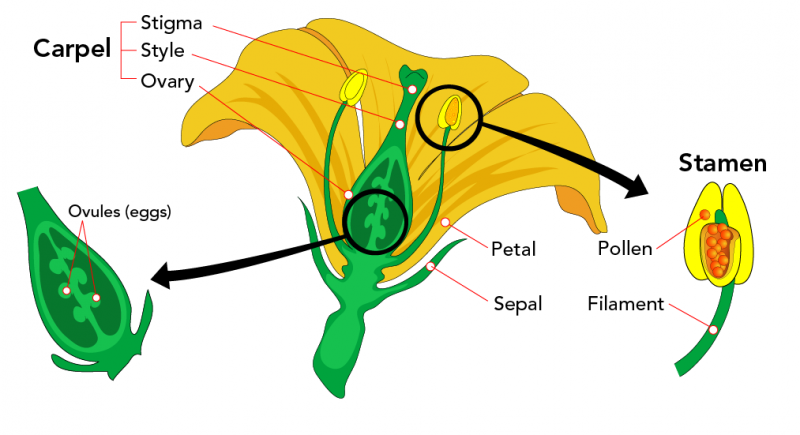Plant Reproduction
9SCIE - Plants as Producers
Finn Le Sueur
2024
Mahi Tuatahi
Write the date in your book and then answer the following two questions.
- What are some organelles that only plant cells have?
- What is an organelle that plant root cells have? What does it do?
Ngā Whāinga Ako
- Describe plant reproduction, dispersal and understand why bees are so important.
Write this learning outcome in your book.
Reproductive Cycle
You have been given a timeline of plat reproduction, but it is out of order.
- Put a heading “Plant Reproduction” in your book
- Cut up the timeline
- Work with the person next to you to put them into order
- Be ready to check and then glue them into your book
Whakatika
- Plants produce pollen
- This pollen can be carried away from the plant by animals, wind or rain
- Once on a different plant, this pollen can fertilise the flower by landing on its stigma
- The pollen may germinate (grow down into) the ovule of the plant
- This can result in the growth of seeds or fruit
- These seeds can be carried away from the plan by animals, wind, or rain
Self and Cross-Pollinating
- Self-Pollinating: The plant can fertilise itself
- Cross-Pollinating: The plant needs to get pollen from another flower of the same species
Task
Yesterday during the dissection you drew a diagram of a flower in your book and labelled the parts.
If you were away or your drawing was incomplete, collect and glue in a diagram.


Stamen: The appendage containing anther and filament

Anther: The top of the stamen where the pollen is stored “male” reproductive parts

Filament: Supports the anther

Stigma: Receives (captures) pollen to be used in reproduction

Style: A hollow tube through which pollen can grow to reach the ovary

Ovary: Contains the ovules (eggs; female reproductive parts). It becomes fruit.

Ovules: Become seeds to grow new plants.
Other Parts

- Petal: The aesthetic part of a flower; attracts pollinators
- Sepal: Protects the flower when not in bloom; supports the petals when in bloom